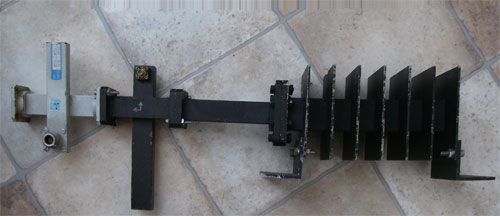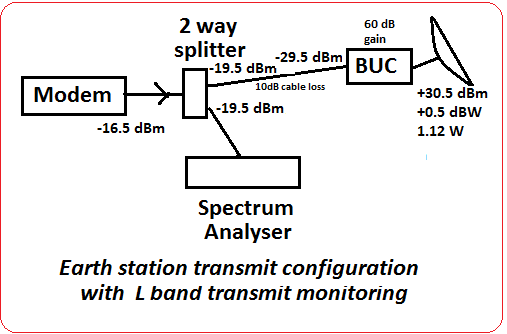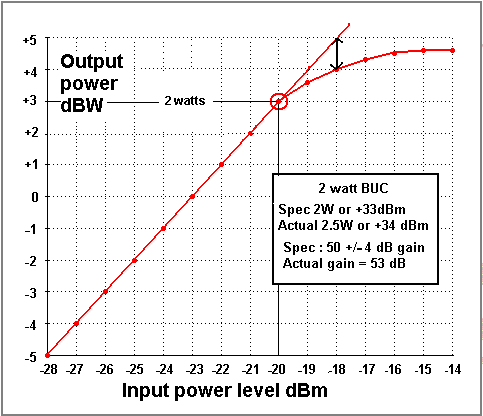| Home Login Register |
| Satellite Internet forum › iDirect Forum: hubs and terminals › Power calculation for iDirect HUB |
|
Pages: 1
|
Power calculation for iDirect HUB(Read 10048 times) |
|
adnabil11
Member
★★ Offline Posts: 2 |
Jun 13th, 2011 at 8:52am
|
| Back to top |
« Last Edit: Nov 23rd, 2016 at 4:32pm by Admin1 »
IP Logged
|
|
Eric Johnston
Senior Member
★★★ Offline Posts: 2109 |
Reply #1 - Jun 13th, 2011 at 10:19am
|
| Back to top |
« Last Edit: Nov 16th, 2016 at 5:12pm by Admin1 »
IP Logged
|
|
Eric Johnston
Senior Member
★★★ Offline Posts: 2109 |
Reply #2 - Jun 13th, 2011 at 10:32am
|
| Back to top |
IP Logged
|
|
Eric Johnston
Senior Member
★★★ Offline Posts: 2109 |
Reply #3 - Jun 13th, 2011 at 10:56am
|
| Back to top |
« Last Edit: Jun 13th, 2011 at 12:50pm by Eric Johnston »
IP Logged
|
|
adnabil11
Member
★★ Offline Posts: 2 |
Reply #4 - Jun 13th, 2011 at 1:41pm
|
| Back to top |
IP Logged
|
|
DGN1
Member
★★ Offline Posts: 8 |
Reply #5 - Nov 16th, 2016 at 4:03pm
|
| Back to top |
IP Logged
|
|
Admin1
YaBB Admin
★★★★★ Offline Posts: 1191 |
Reply #6 - Nov 16th, 2016 at 5:21pm
|
| Back to top |
« Last Edit: Nov 17th, 2016 at 10:26am by Admin1 »
IP Logged
|
|
DGN1
Member
★★ Offline Posts: 8 |
Reply #7 - Nov 17th, 2016 at 1:10am
|
| Back to top |
« Last Edit: Nov 17th, 2016 at 10:34am by Admin1 »
IP Logged
|
|
Admin1
YaBB Admin
★★★★★ Offline Posts: 1191 |
Reply #8 - Nov 17th, 2016 at 10:13am
|
| Back to top |
IP Logged
|
|
DGN1
Member
★★ Offline Posts: 8 |
Reply #9 - Nov 18th, 2016 at 12:00am
|
| Back to top |
IP Logged
|
|
DGN1
Member
★★ Offline Posts: 8 |
Reply #10 - Nov 18th, 2016 at 12:03am
|
| Back to top |
IP Logged
|
|
Admin1
YaBB Admin
★★★★★ Offline Posts: 1191 |
Reply #11 - Nov 18th, 2016 at 1:11pm
|
| Back to top |
« Last Edit: Nov 23rd, 2016 at 4:33pm by Admin1 »
IP Logged
|
|
Pages: 1
|
Email me: eric@satsig.net
Powered by YaBB 2.5.2!
YaBB Forum Software © 2000-. All Rights Reserved.
Disclaimer, Terms of Use and Privacy Forum User Agreement Forum rules Cookie policy.





